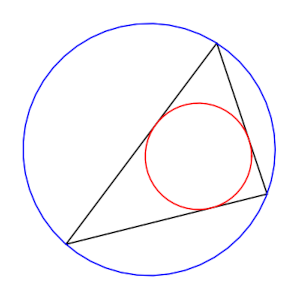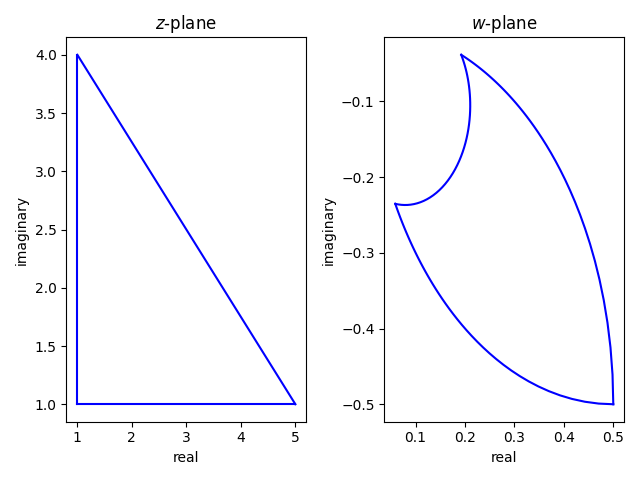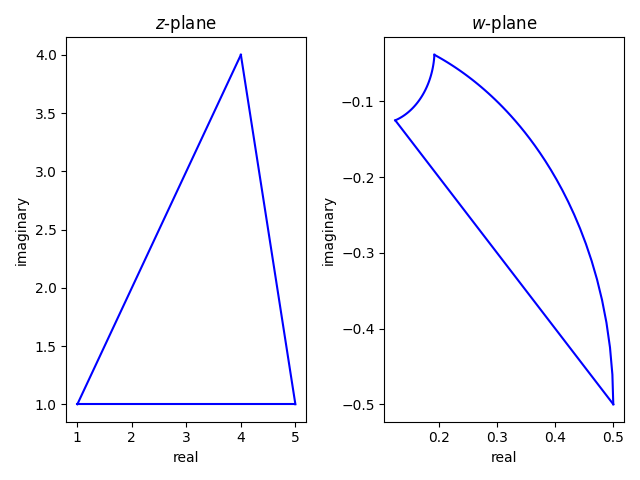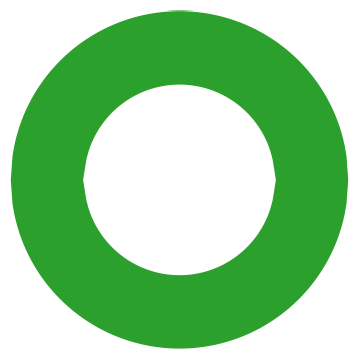The basic idea of GPS is that if you know the distance to several satellites, you can figure out your position. But you don’t actually know, or need to know, the distance to the satellites: you know the time (according to each satellite’s clock) when the signals were sent, and you know the time (according to your clock) when the signals arrived.
The atomic clocks on satellites are synchronized with each other to within a nanosecond, but they’re not synchronized with your clock. There is some offset t between your clock and the satellites’ clocks. Presumably t is small, but it matters.
If you observe m satellites, you have a system of m equations in 4 unknowns:
|| ai − x || = ti − t
where ai is the known position of the ith satellite in 3 dimensions, x is the observer’s position in three dimensions, and ti is the difference between the time when the signal left the ith satellite (according to its clock) and the time when the signal arrived (according to the observer’s clock). This assumes we choose units so that the speed of light is c = 1.
So we have a system of m equations in 4 unknowns. It’s plausible there could be a unique solution provided m = 4. However, this is not guaranteed.
Here’s an example to suggest why there may not be a unique solution. Suppose t is known to be 0. Then observing 3 satellites will give us 3 equations in 3 unknowns. Each ti determines a sphere of radius ti. Suppose two spheres intersect in a circle, and the third sphere intersects this circle in two points. This means we have two solutions to our system of equations.
In [1] the authors thoroughly study the solution to the GPS system of equations. They allow the satellites and the observer to be anywhere in space and look for conditions under which the system has a unique solution. In practice, GPS satellites are approximately confined to a sphere (more on that here) and the observer is also approximately confined to a sphere, namely the earth’s surface, but the authors do not take advantage of these assumptions.
The authors also assume the problem is formulated in n dimensional space, where n does not necessarily equal 3. It’s complicated to state when the system of equations has a unique solution, but allowing n to vary does not add to the complexity.
I’m curious whether there are practical uses for the GPS problem when n > 3. There are numerous practical problems involving the intersections of spheres in higher dimensions, where the dimensions are not Euclidean spacial dimensions but rather abstract degrees of freedom. But off hand I cannot think of a problem that would involve the time offset that GPS location finding has.
[1] Mireille Boutin, Gregor Kemperc. Global positioning: The uniqueness question and a new solution method. Advances in Applied Mathematics 160 (2024)












